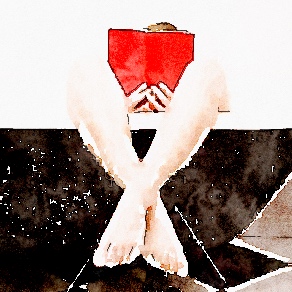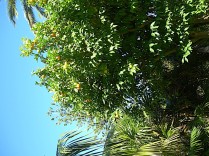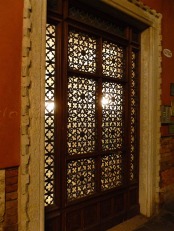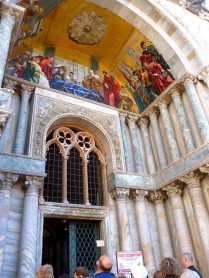A Service Message
As you might or might not have noticed, for reasons too tedious to go into here Waterblogged moved house and this is where it’s going to live from now on.
From your point of view, I hope this means that the site will load ever so much faster, even if I put photos on it… From my point of view, hopefully it means that I can spend my time blogging rather than fixing endless software problems.
For the moment the old site is still up with loads of links still pointing to it which I will fix bit by bit before taking it down. But it’s not being updated anymore. I tried to make this site look similar to the old one and in the end, I think it actually looks better. You’re welcome to disagree. 🙂
Normal service will resume here tomorrow with the Mediterranean Miscellany but in the meantime it occurred to me it would be a good idea to find out if your subscriptions did in fact safely transfer with the blog and is there actually anybody reading this, so…
…I thought maybe we could have a caption contest!
A Take on the Column
Amateur photographers say that it’s impossible to take a good picture of a column. Viewing the results of numerous attempts I made on Nelson’s Column on Trafalgar Square, I have to agree. Nevertheless, recently in Venice I managed to take this photo:

Any ideas for a caption, please leave a comment.






































